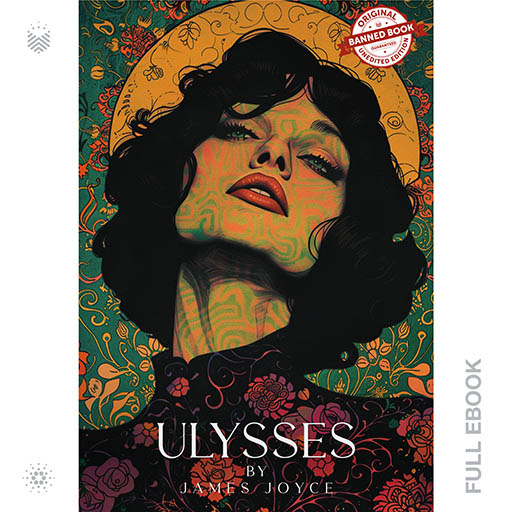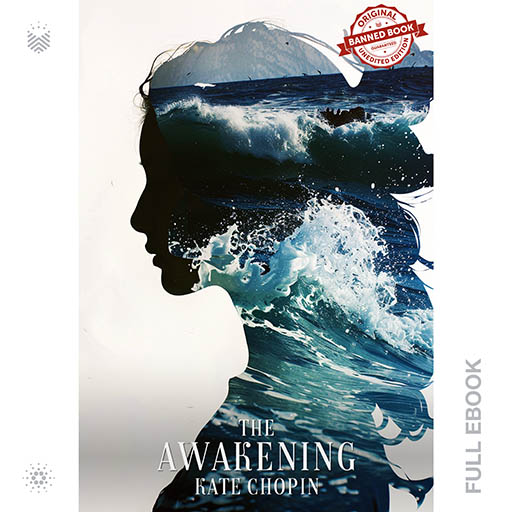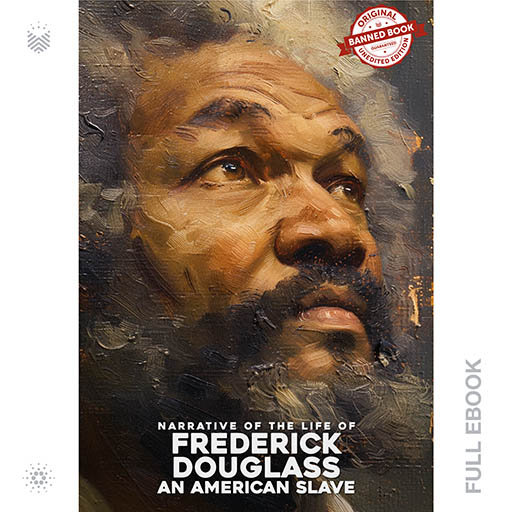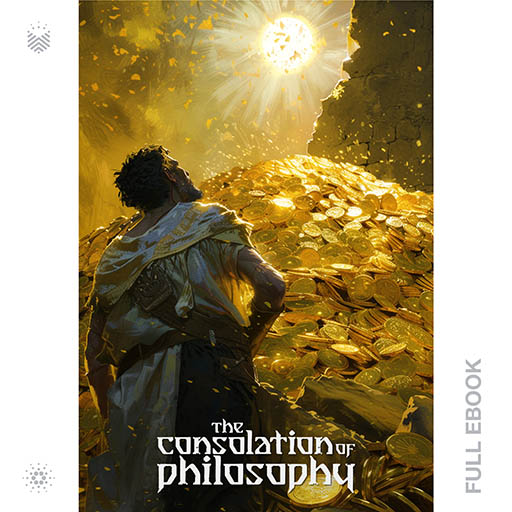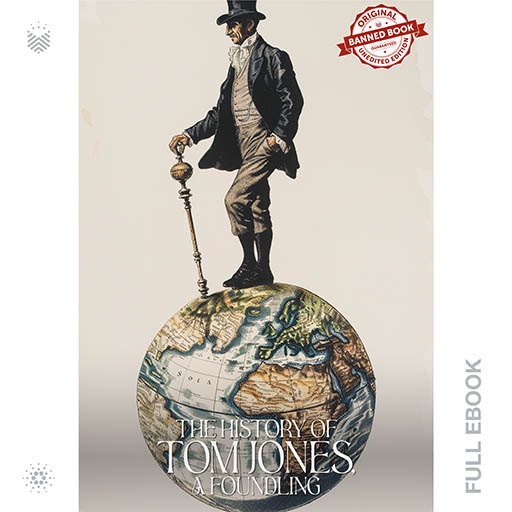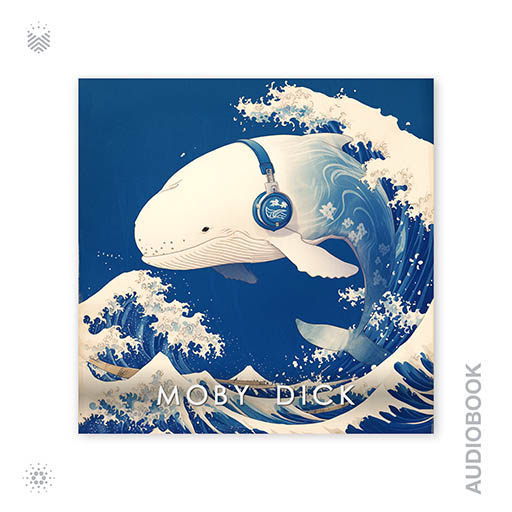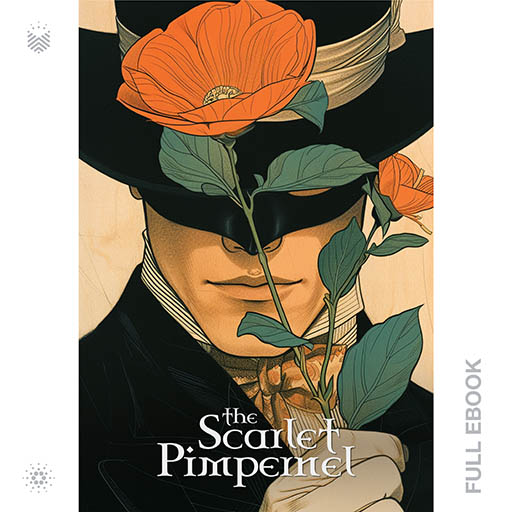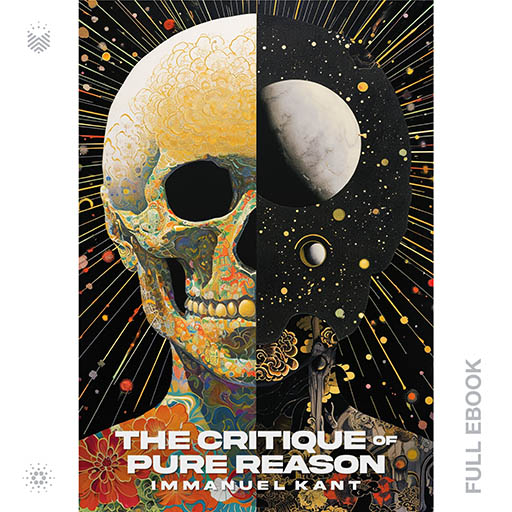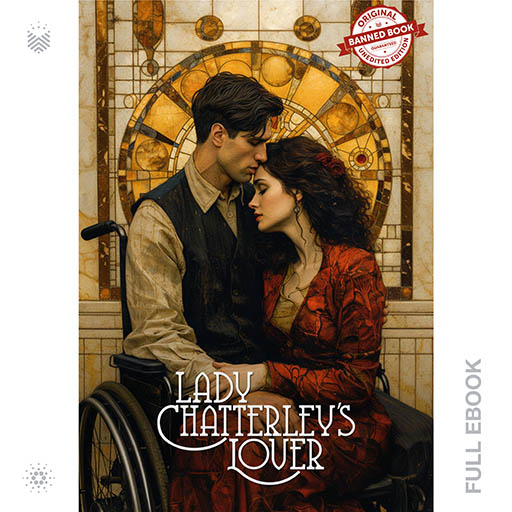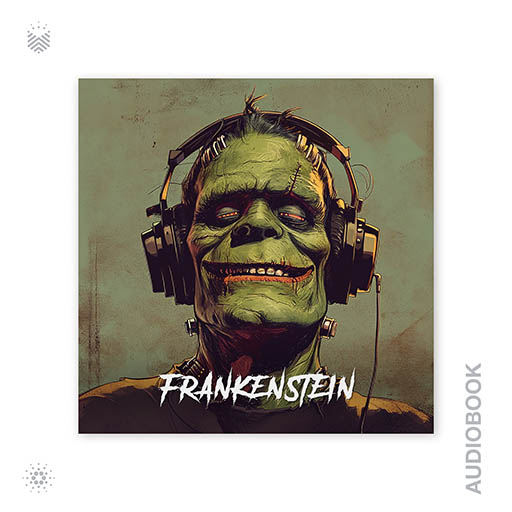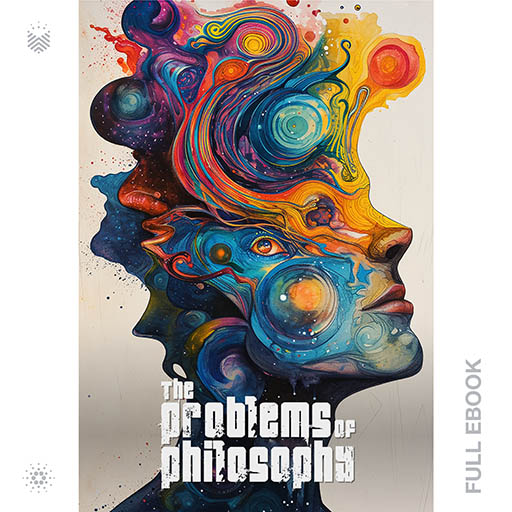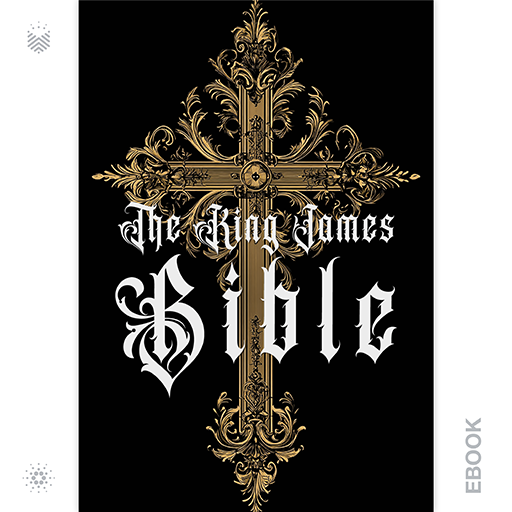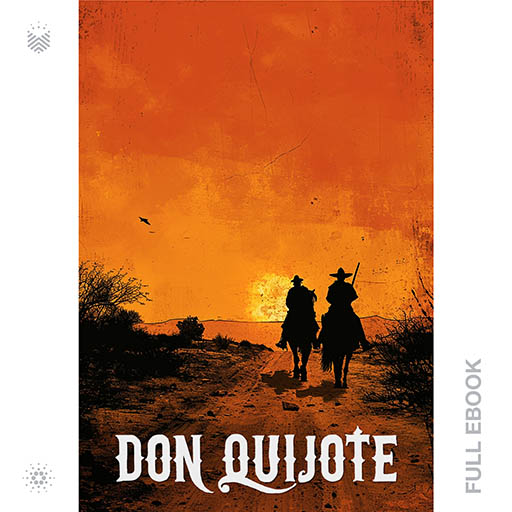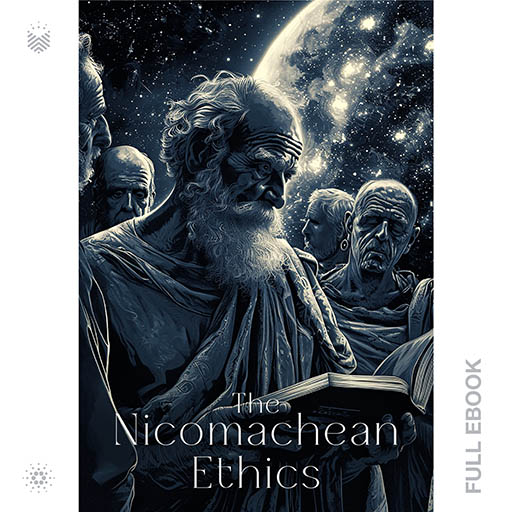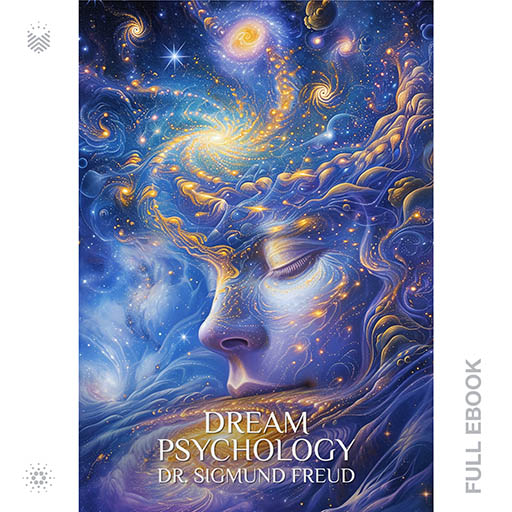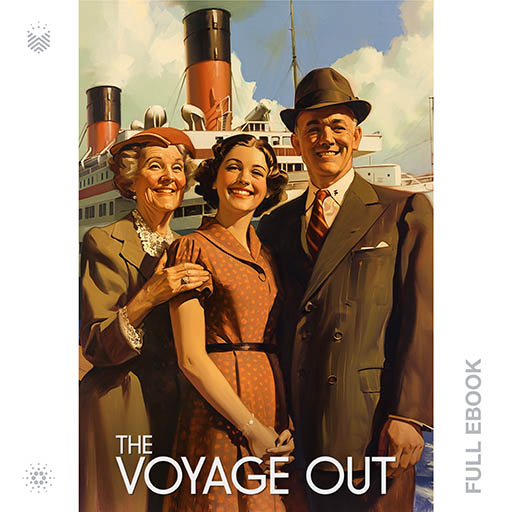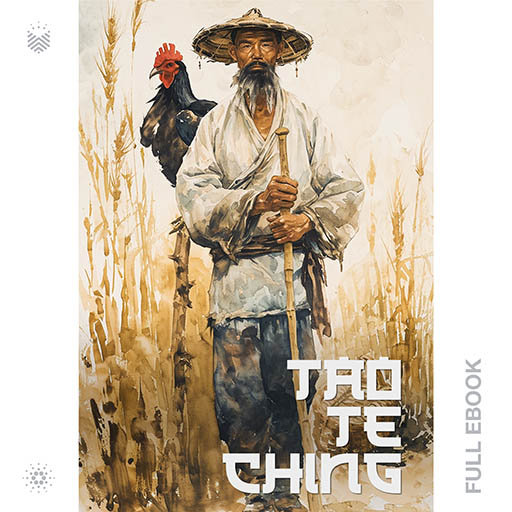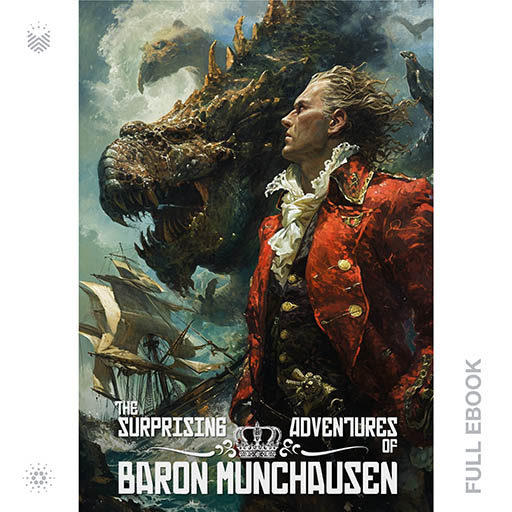by James Joyce
“Ulysses” is a novel written by Irish author James Joyce. It was first published in book form in 1922 and is widely regarded as one of the most important and challenging works of modernist literature. The novel takes its title from the Latinized name of Odysseus, the hero of Homer’s ancient Greek epic poem, “The Odyssey.”
Read More
by Kate Chopin
“The Awakening” is a novel written by American author Kate Chopin. It was first published in 1899 and is considered one of the early works of feminist literature. The novel explores themes of self-discovery, societal expectations, and the limitations imposed on women in the late 19th century.
Read More
by Walt Whitman
“Leaves of Grass” is a collection of poems written by the American poet Walt Whitman. It was first published in 1855 and underwent multiple revisions and expansions throughout Whitman’s life, with the final edition being published in 1892. The collection is considered one of the most important works in American literature and is known for its bold exploration of themes such as democracy, individualism, and the interconnectedness of all things.
… Read More
by Frederick Douglass
“Narrative of the Life of Frederick Douglass” is an autobiographical account written by Frederick Douglass. It was first published in 1845 and is considered one of the most influential pieces of literature to emerge from the abolitionist movement. The narrative provides a firsthand account of Douglass’s life as a slave and his journey to freedom.
Read More
by Boethius
“The Consolation of Philosophy” is a philosophical work written by the Roman statesman and philosopher Boethius around the year 524 AD while he was in prison awaiting execution. The book is considered one of the most important and influential philosophical works of the Middle Ages.
Read More
by Henry Fielding
“The History of Tom Jones, a Foundling” is a novel written by the English author Henry Fielding. It was first published in 1749 and is considered one of the earliest examples of the English novel. The novel is known for its comedic and picaresque style, as well as its exploration of the social and moral issues of its time.
Read More
by Herman Melville
“Moby Dick” is a novel written by Herman Melville, first published in 1851. It is one of the most famous works of American literature and is considered a classic. The novel is known for its intricate and symbolic narrative, as well as its exploration of themes such as obsession, revenge, and the nature of good and evil.
Read More
by Jane Austen
“Emma” is a novel written by Jane Austen, first published in 1815. It is one of Austen’s most well-known works and is considered a classic of English literature. The novel is a comedy of manners and a satire of the social class and gender roles of the early 19th century.
Read More
by Baroness Orczy
“The Scarlet Pimpernel” is a historical novel written by Baroness Emma Orczy, first published in 1905. The story is set during the Reign of Terror following the French Revolution and is known for its adventurous and swashbuckling elements.
Read More
by Immanuel Kant
“The Critique of Pure Reason” is a philosophical work by Immanuel Kant, first published in 1781. It is one of Kant’s major works and is considered a cornerstone in modern Western philosophy. The book addresses fundamental questions about human knowledge, metaphysics, and the nature of reality.
Read More
by D. H. Lawrence
“Lady Chatterley’s Lover” is a novel written by D.H. Lawrence, first published privately in 1928. The novel explores themes of love, sexuality, and class struggle.
Read More
by Mary Shelley
“Frankenstein” by Mary Shelley is considered by many scholars to be the first official science-fiction novel ever written. Frankenstein has had considerable influence on literature and on popular culture, spawning a complete genre of horror stories, films, and plays.
Recording by Caden Vaughn Clegg
Read More
by Bertrand Russell
“The Problems of Philosophy” is a philosophical work written by the British philosopher Bertrand Russell. It was first published in 1912. In this book, Russell explores various fundamental issues in philosophy, presenting his thoughts on topics such as the nature of reality, the limits of human knowledge, and the philosophy of language.
Read More
The King James Bible (KJB), also known as The King James Version (KJV), and the Authorized Version (AV), is a classic English translation of the Bible. Commissioned by King James I of England and first published in 1611, it has had a profound impact on English literature and religious worship.
Read More
The Hebrew Tanakh represents the foundational religious and historical text for Judaism. It serves as a source of religious guidance, law, and inspiration for Jewish communities around the world.
Read More
by Miguel de Cervantes Saavedra
El libro “Don Quijote” fue escrito por Miguel de Cervantes. Publicado por primera vez en dos partes en 1605 y 1615, se considera una de las mayores obras de ficción.
Read More
by Aristotle
“Nicomachean Ethics” is a philosophical work by the ancient Greek philosopher Aristotle. It is named after Aristotle’s son, Nicomachus, to whom the work is dedicated. This ethical treatise, composed around 350 BCE, is part of Aristotle’s broader exploration of ethics and political philosophy.
Read More
by Dr. Sigmund Freud
“Dream Psychology” is a book written by Sigmund Freud, the renowned Austrian neurologist and the founder of psychoanalysis. Originally published in 1920, the book explores Freud’s theories on the interpretation of dreams and their connection to the unconscious mind.
Read More
by Virginia Woolf
“The Voyage Out” is the first novel written by British author Virginia Woolf. It was published in 1915. The novel is a coming-of-age story, and it explores themes such as self-discovery, social conventions, and the constraints placed upon women in the early 20th century.
Read More
by Laozi
The “Tao Te Ching” is a foundational text in Taoism, an ancient Chinese philosophical and religious tradition, written around 400 BC.
It is a collection of 81 short chapters, each containing poetic and philosophical verses. The text explores the concept of the Tao (Dao), which can be translated as the “Way” or the “Path.” The Tao represents the fundamental and unnameable force that underlies and unifies the universe.
… Read More
by Rudolf Erich Raspe
“The Surprising Adventures of Baron Munchausen” is a collection of tall tales and fantastical stories attributed to the German nobleman Baron Munchausen. The character Baron Munchausen was based on a real person, Hieronymus Karl Friedrich, Freiherr von Münchhausen, who lived in the 18th century.
Read More

